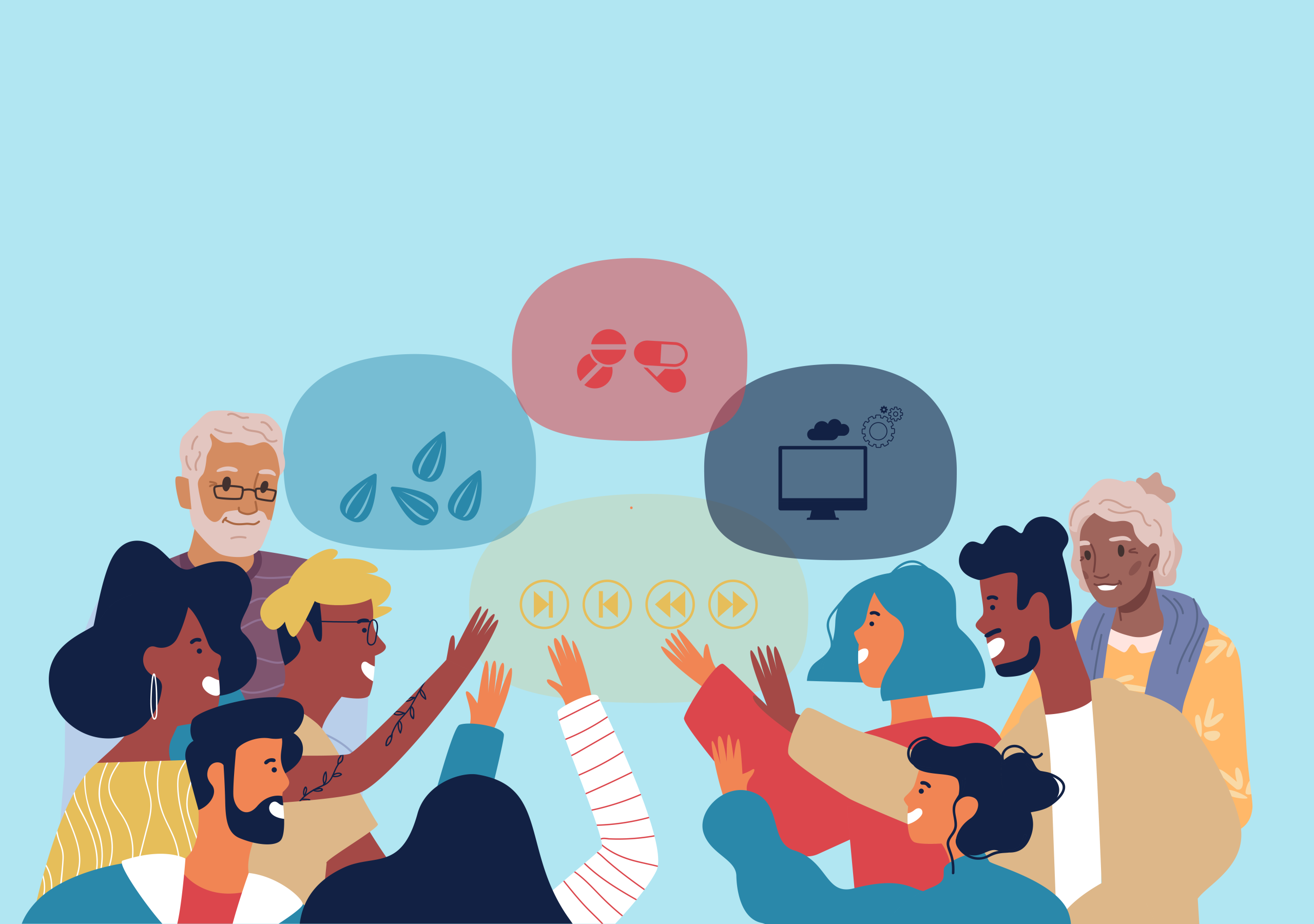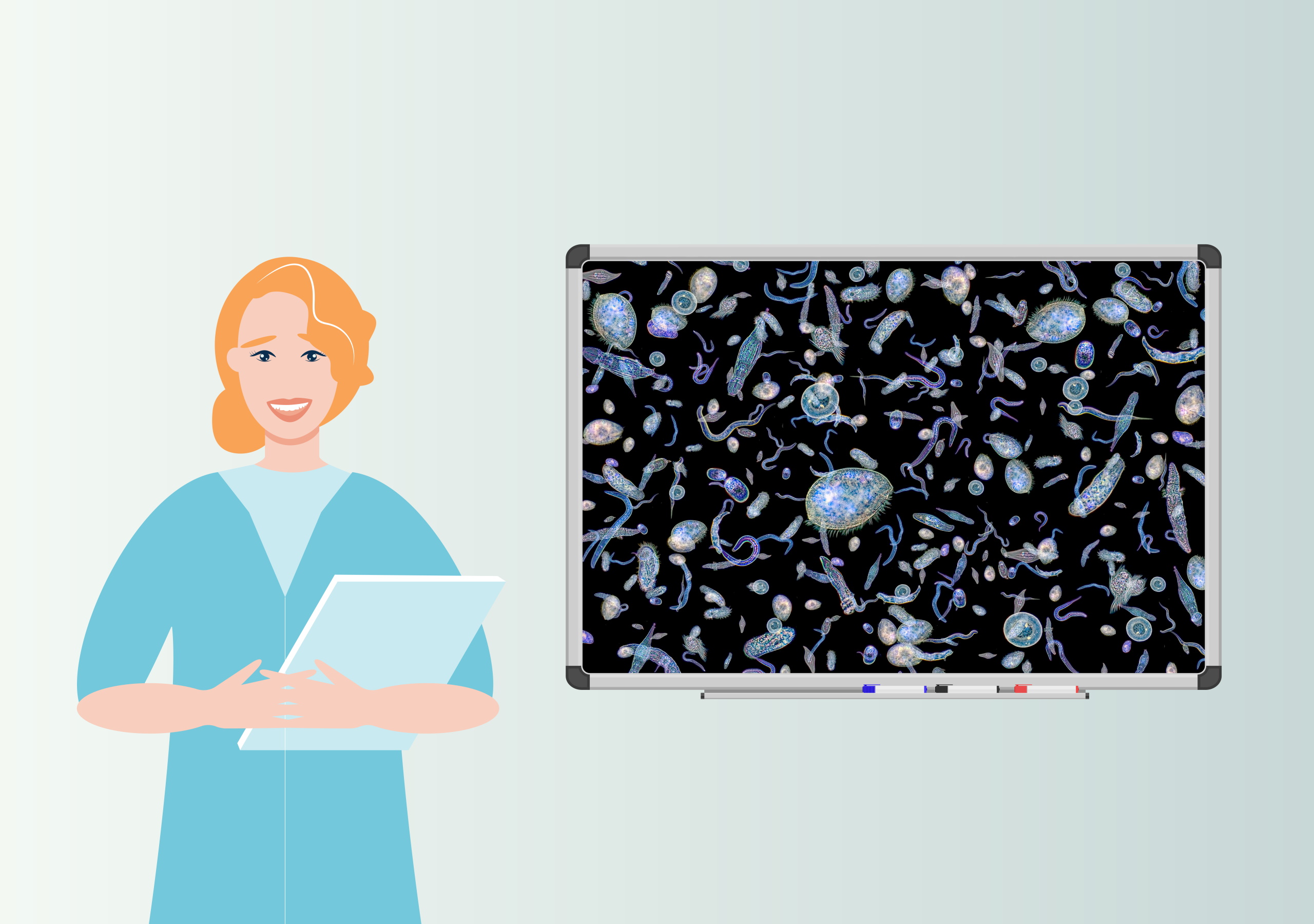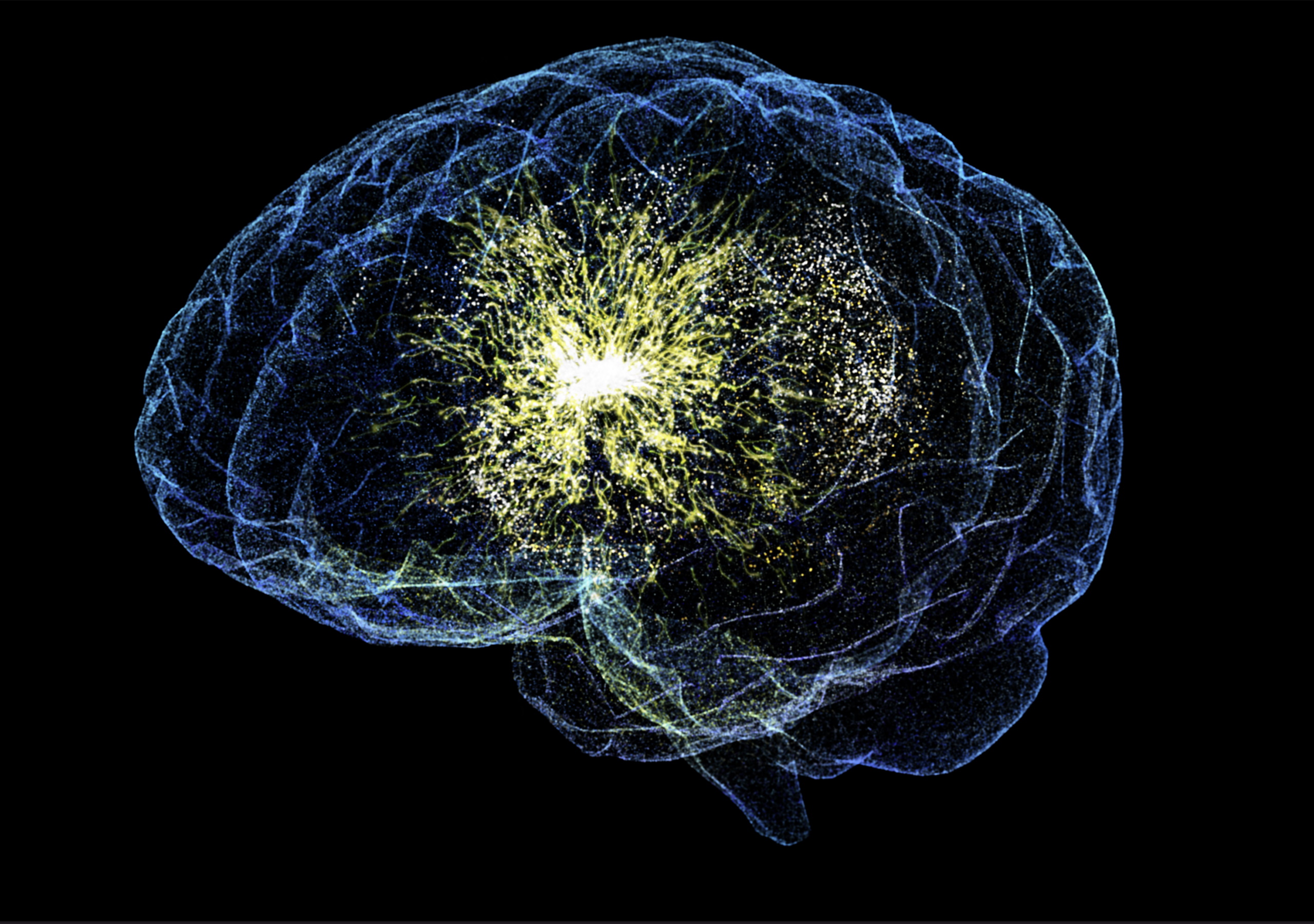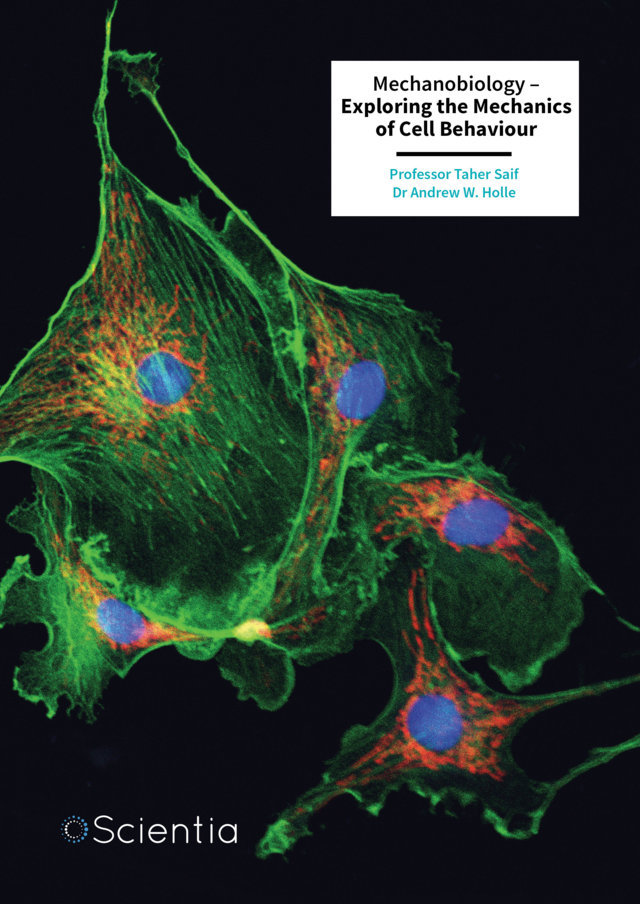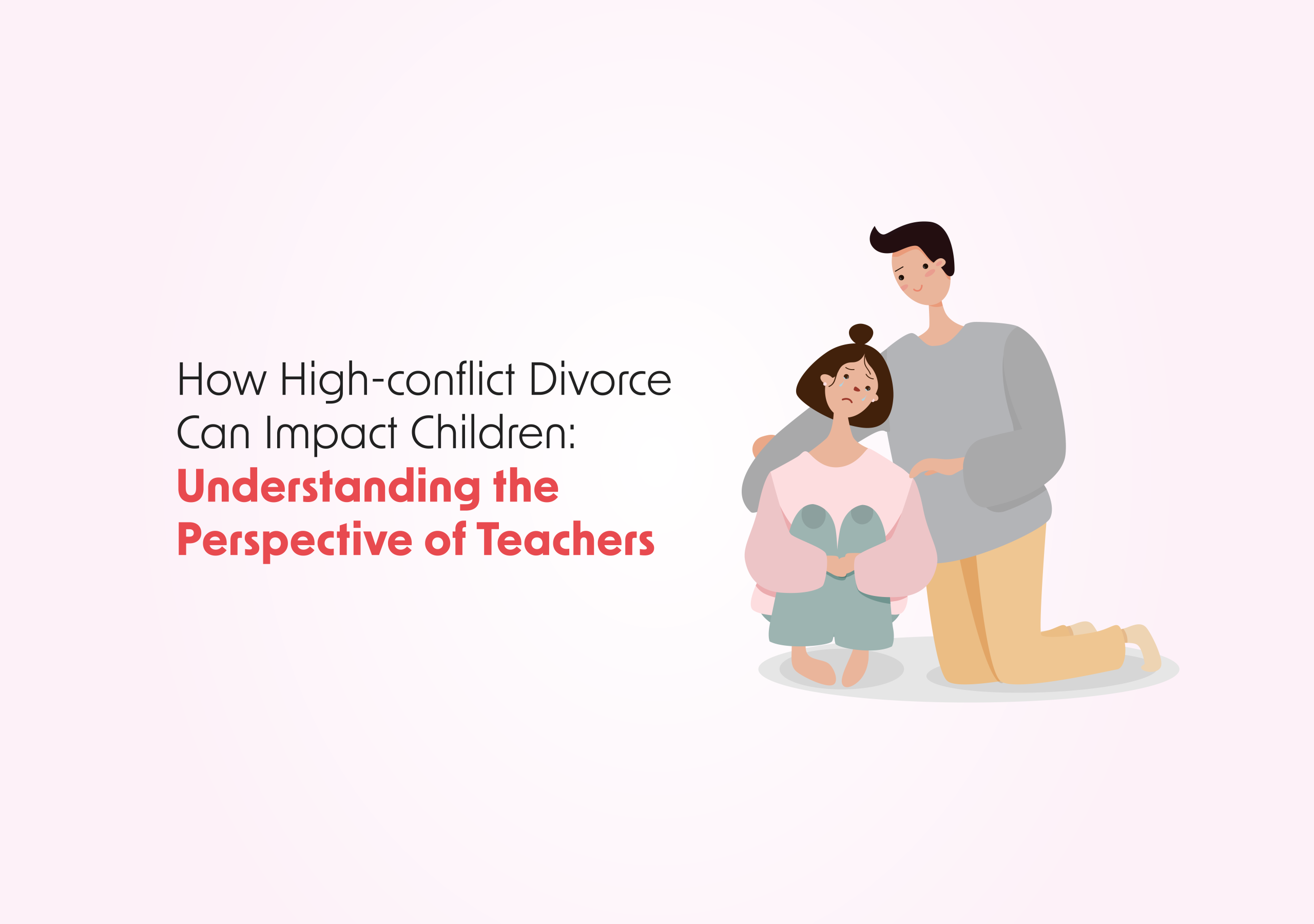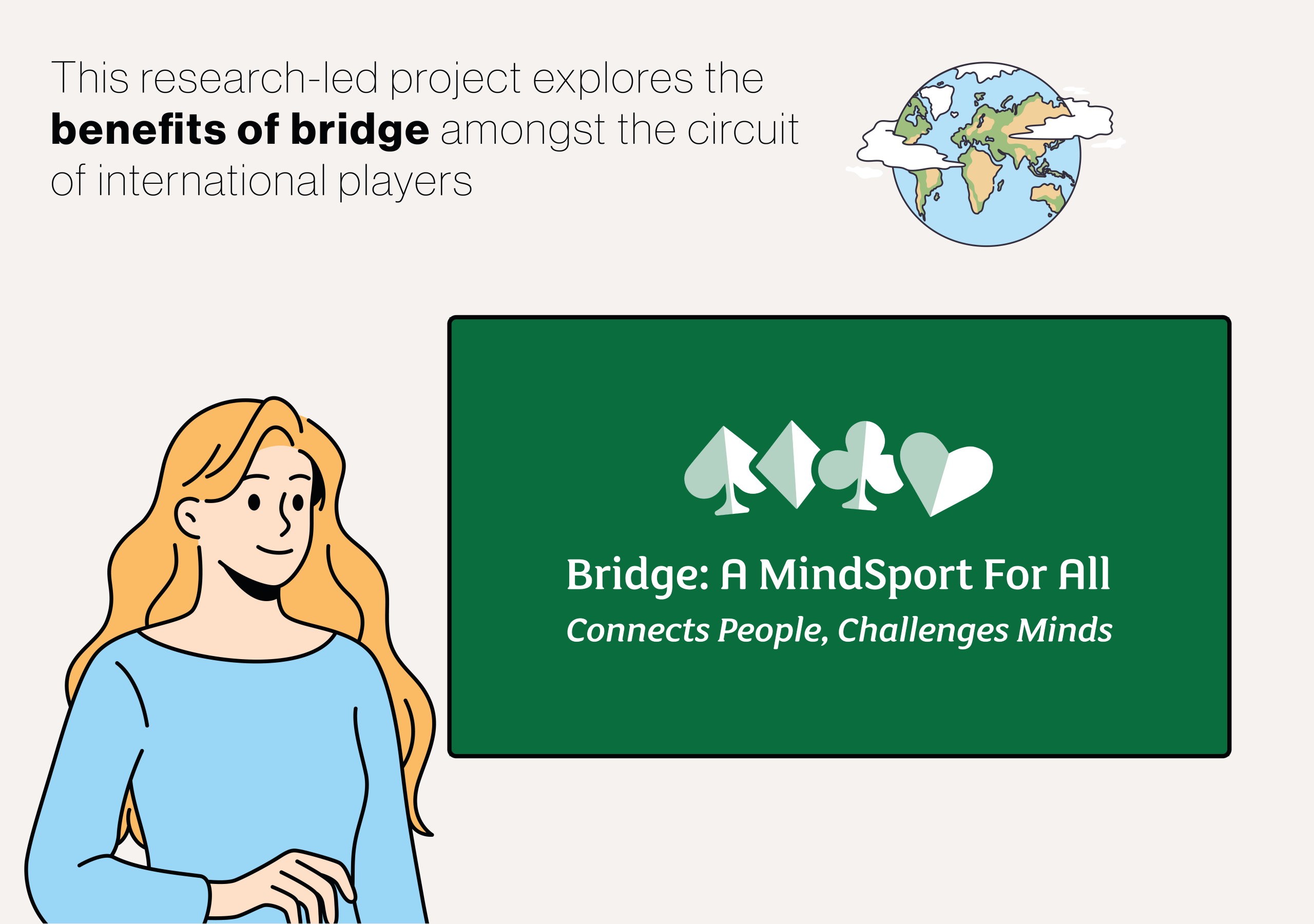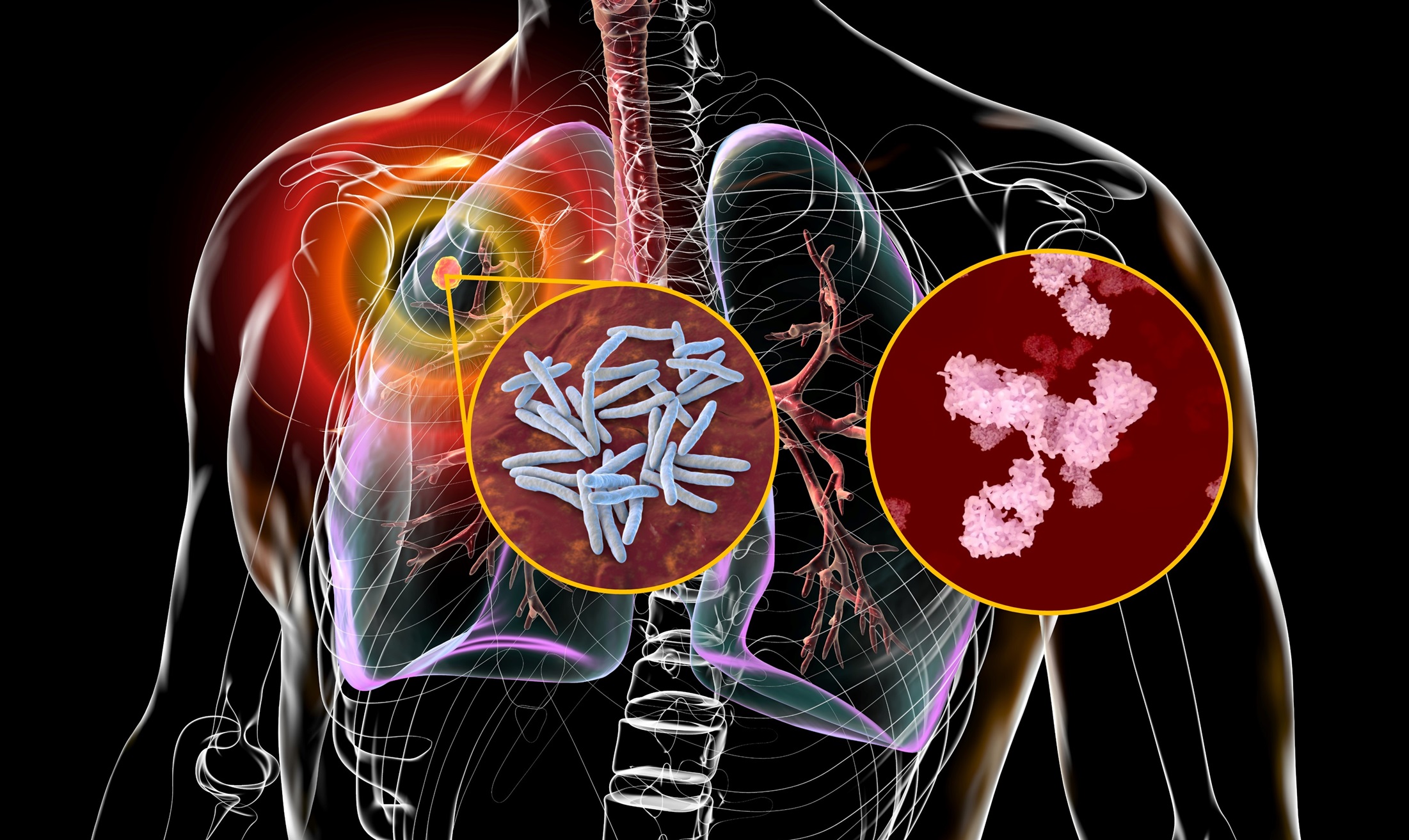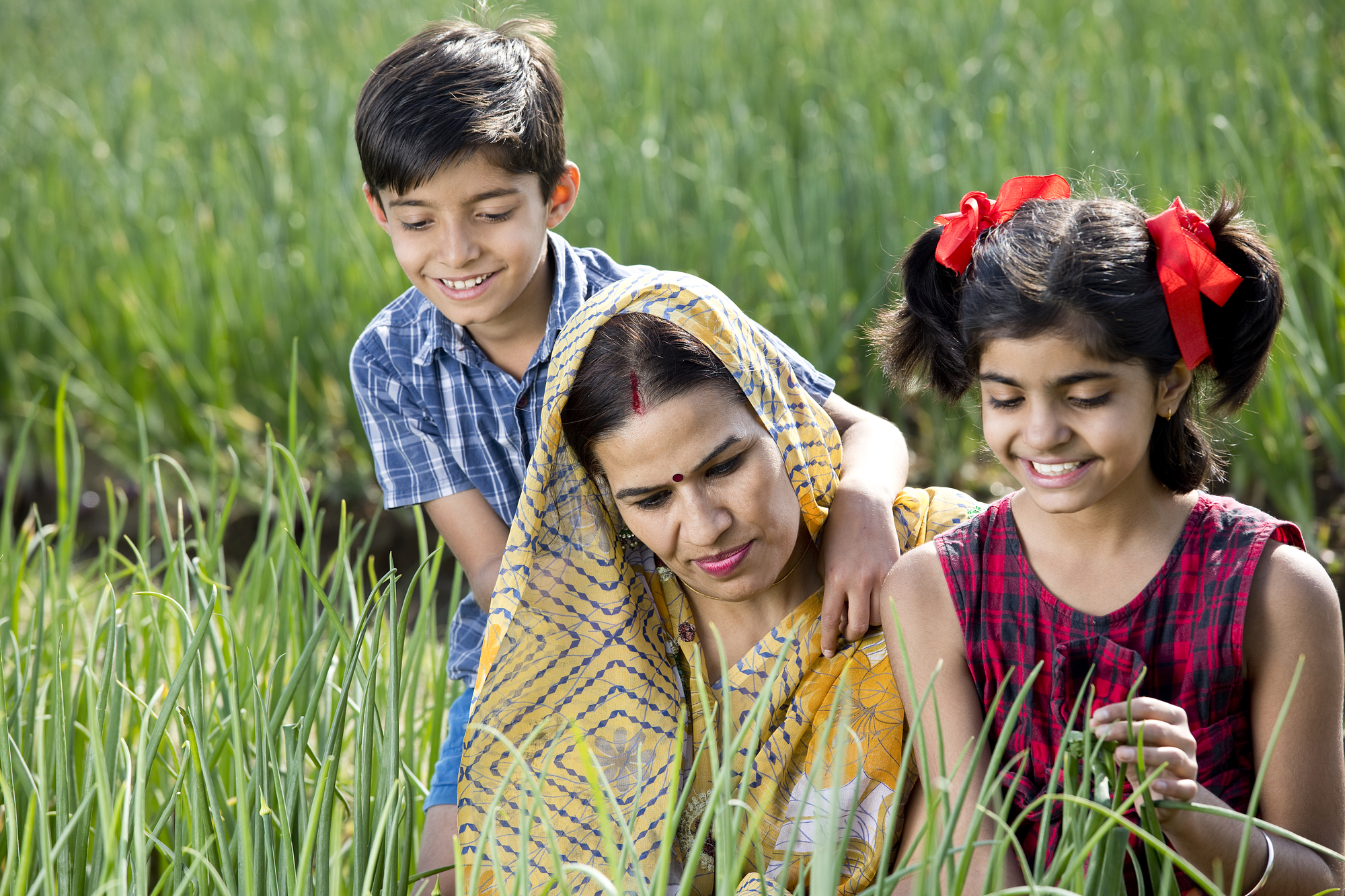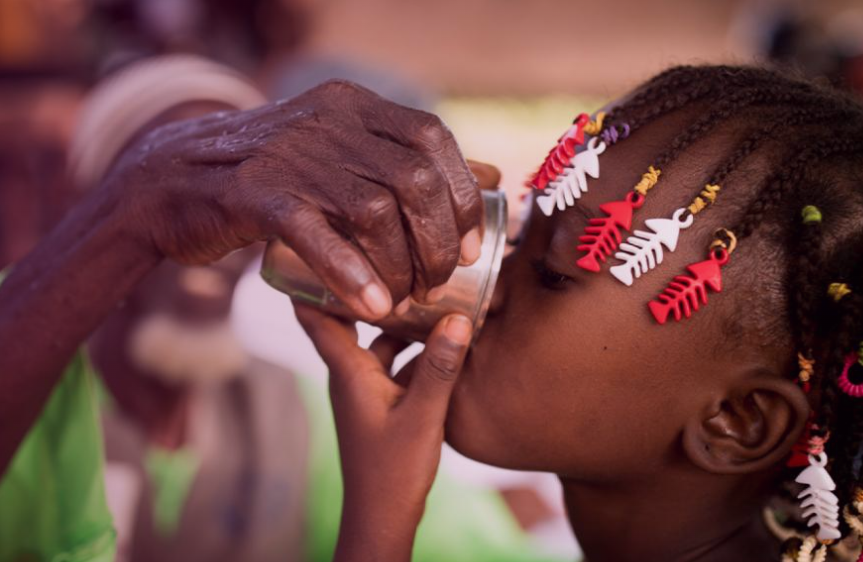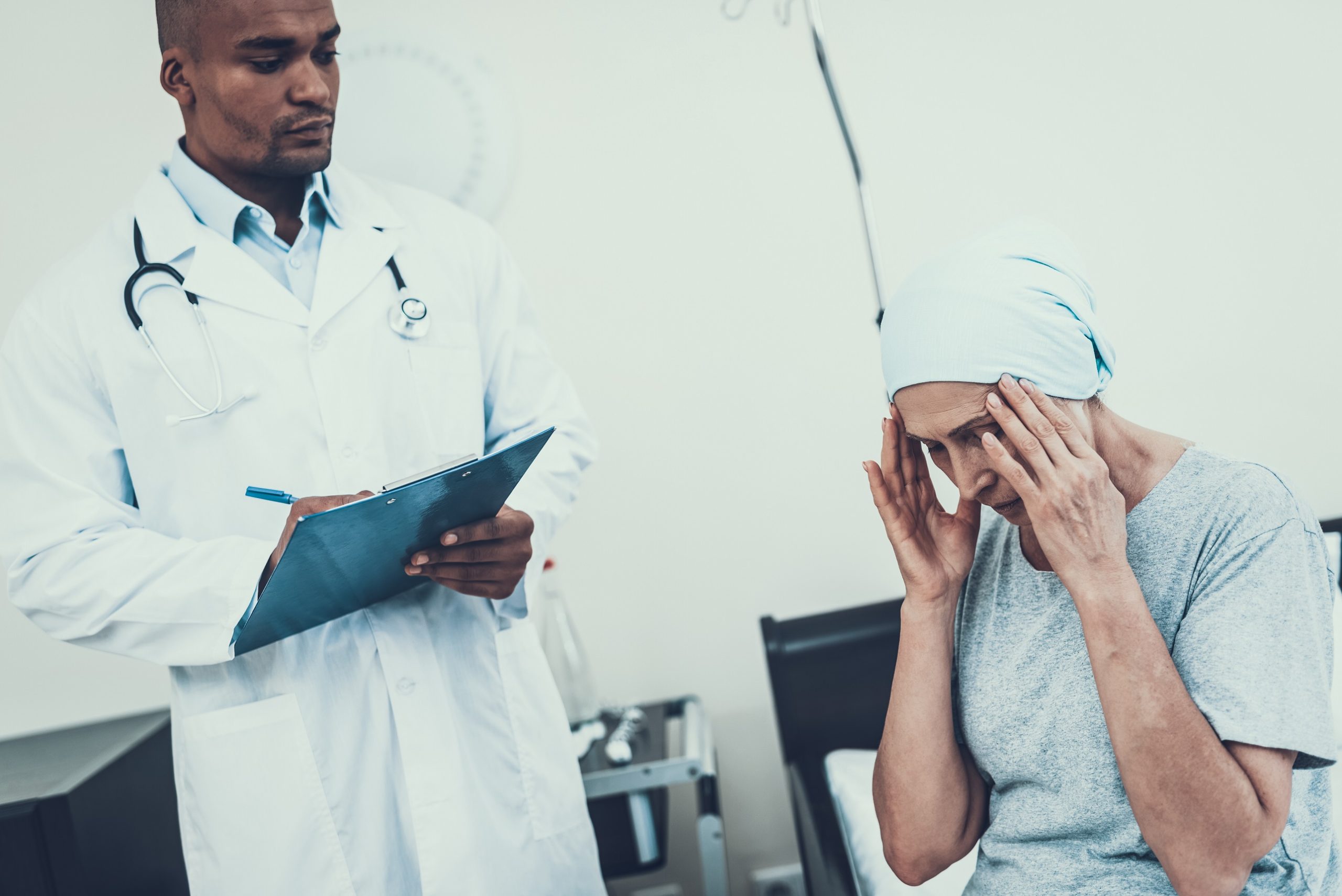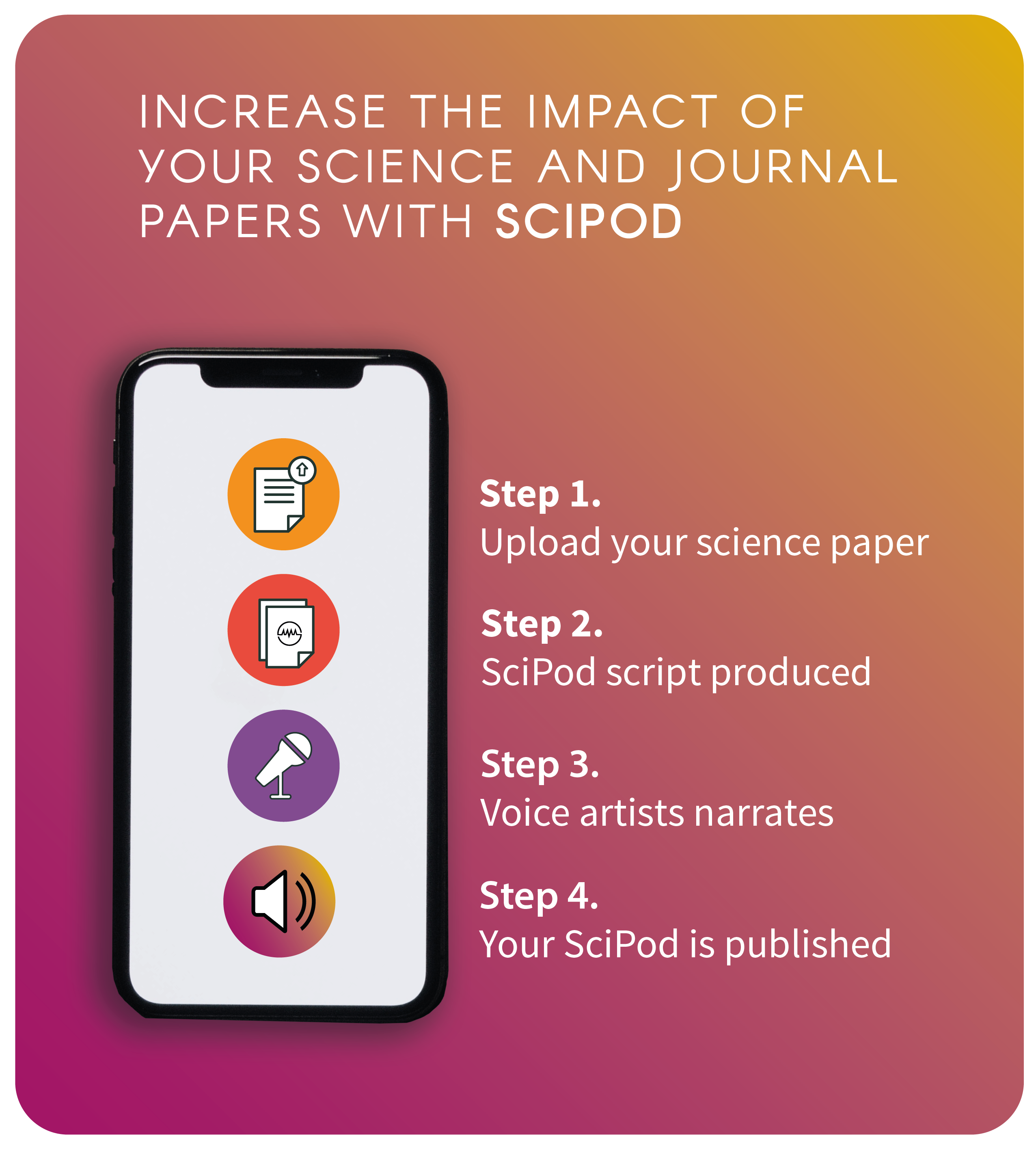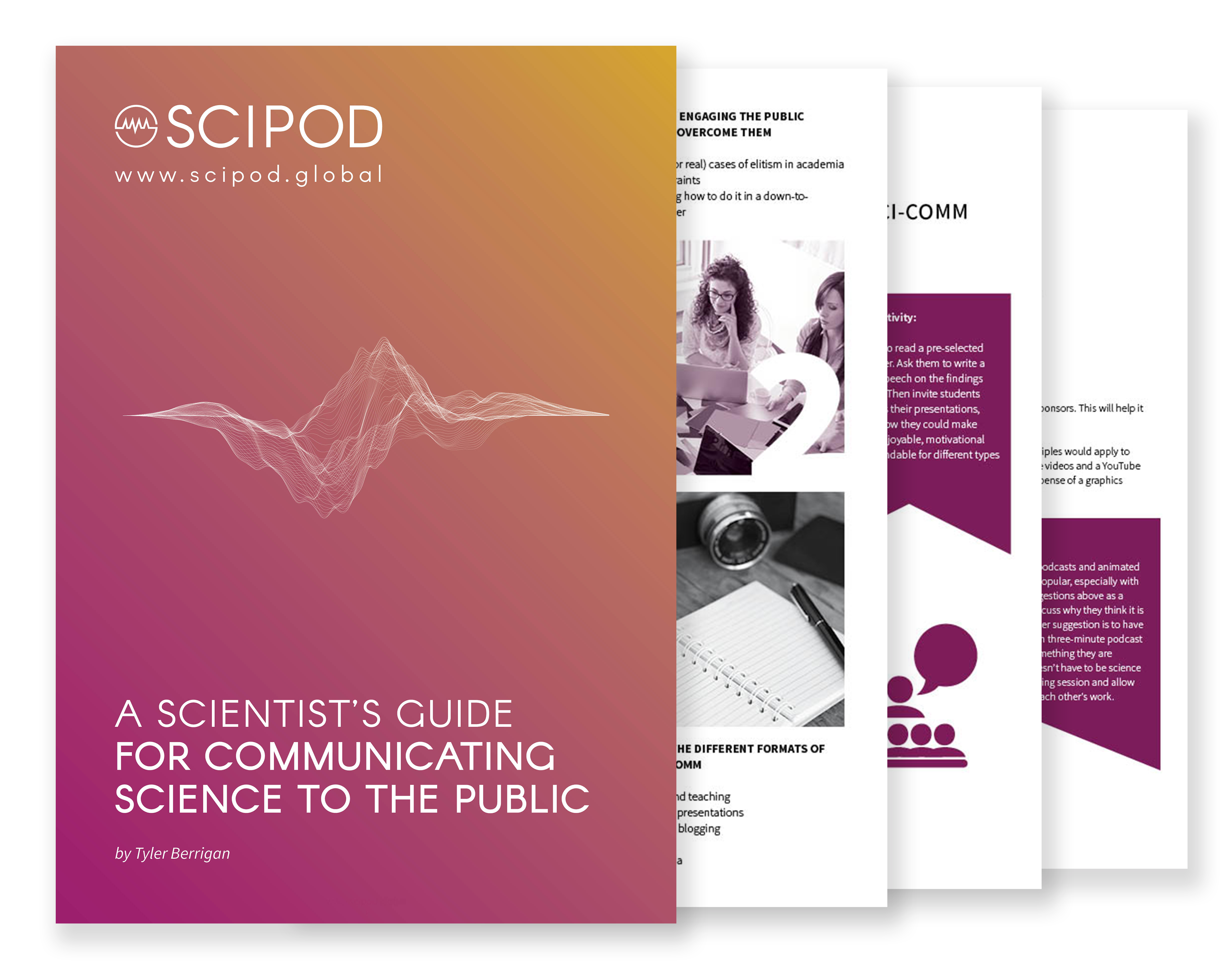Welcome to SciComm Radio
An exclusive interview series with leading scientists and science communicators

Click Below To Listen To A SciPod Radio Episode
Professor Pei Wang | Defining AI to Ensure Effective Research and Policymaking
Audiobook
About this episode
Artificial intelligence – or AI – is receiving increasing attention for its rapid development and potential to change society. Researchers are working hard to develop its capabilities, while regulators are racing to ensure it is managed and governed properly. But what do we mean by AI, and how can we define such a complex term? In a recent paper, Professor Pei Wang at Temple University argues that the lack of an agreed definition makes it difficult for policymakers to assess what AI will be capable of in the near future, or even which kinds of AI are desirable. To combat this, he discusses what makes a robust definition, and suggests his own. More
Original Article Reference
This Audio is a summary of ‘On Defining Artificial Intelligence’ in the Journal of Artificial General Intelligence, doi.org/10.2478/jagi-2019-0002
Contact
For further information, you can connect with Professor Pei Wang at pei.wang@temple.edu
This work is licensed under a Creative Commons Attribution 4.0 International License. 
What does this mean?
Share: You can copy and redistribute the material in any medium or format
Adapt: You can change, and build upon the material for any purpose, even commercially.
Credit: You must give appropriate credit, provide a link to the license, and indicate if changes were made.
Increase the impact of your research!
More episodes
Professor Lobelia Samavati | Paving the Way for Antibody-based Diagnostics for Tuberculosis and Sarcoidosis
Audiobook
About this episode
Tuberculosis – or TB – is a global health threat, with 10 million new cases annually. Diagnosing TB can be a challenge, as there is a lack of rapid, point-of-care diagnostic tests. It can also be difficult to distinguish between TB and other inflammatory diseases, such as Sarcoidosis. One option may be to identify antibodies in patient samples that can reveal the presence of TB. However, current antibody tests for TB lack accuracy. Professor Lobelia Samavati and colleagues at the Wanye State University School of Medicine in Michigan are tackling this challenge to cast light on the immune signature of these diseases. Their aim is to develop new diagnostic techniques for TB and Sarcoidosis. More
Original Article Reference
This Audio is a summary of the papers ‘Development of a T7 Phage Display Library to Detect Sarcoidosis and Tuberculosis by a Panel of Novel Antigens’, in EBioMedicine, doi.org/10.1016/j.ebiom.2015.03.007; and ‘Discovery of Novel Transketolase Epitopes and the Development of IgG-Based Tuberculosis Serodiagnostics’, in Microbiology Spectrum, doi.org/10.1128/spectrum.03377-22
Contact
For further information, you can connect with Professor Lobelia Samavati at ay6003@wayne.edu
This work is licensed under a Creative Commons Attribution 4.0 International License. 
What does this mean?
Share: You can copy and redistribute the material in any medium or format
Adapt: You can change, and build upon the material for any purpose, even commercially.
Credit: You must give appropriate credit, provide a link to the license, and indicate if changes were made.
Increase the impact of your research!
More episodes
Professor Xiaobei Li | How HR Management Can Help Businesses Weather a Changing World
Audiobook
About this episode
Businesses today exist in a changing world, which brings both opportunities for growth and increasingly complex challenges. To survive and thrive, organisations need a robust understanding of HR management. In their research, Professor Xiaobei Li and her colleagues at various universities, including University of New South Wales, Arizona State University and Peking University, recently explored how organisations can motivate their staff to ensure high-quality performance. More
Original Article Reference
This Audio is a summary of the papers: ‘Performance-based rewards and innovative behaviours’ in Human Resource Management; ‘Human Resource Practices and Firm Performance in China: The Moderating Roles of Regional Human Capital Quality and Firm Innovation Strategy’ in Management and Organization Review; and ‘Paradoxical Leader Behaviours in People Management: Antecedents and Consequences’ in Academy of Management Journal.
Contact
For further information, you can connect with Professor Xiaobei Li at xiaobeili99@163.com
This work is licensed under a Creative Commons Attribution 4.0 International License. 
What does this mean?
Share: You can copy and redistribute the material in any medium or format
Adapt: You can change, and build upon the material for any purpose, even commercially.
Credit: You must give appropriate credit, provide a link to the license, and indicate if changes were made.
Increase the impact of your research!
More episodes
Professor Uma Lele | Exploring How India Can Ensure Sustainable Growth and Resilience with Broad Participation into the Future
Audiobook
About this episode
India has seen impressive economic and institutional growth in recent years, but the country isn’t yet meeting its full potential. In a world that is increasingly volatile and uncertain, how can India overcome its challenges and ensure resilience into the future? In her recent work, Professor Uma Lele explores various ways that India can achieve this. More
Contact
For further information, you can connect with Professor Uma Lele at umalele1@gmail.com
This work is licensed under a Creative Commons Attribution 4.0 International License. 
What does this mean?
Share: You can copy and redistribute the material in any medium or format
Adapt: You can change, and build upon the material for any purpose, even commercially.
Credit: You must give appropriate credit, provide a link to the license, and indicate if changes were made.
Increase the impact of your research!
More episodes
Professor Ann Nevile | What Evidence Do Policymakers Need to Make Robust Decisions?
Audiobook
About this episode
Policy decisions are influenced by many factors, from the ideology of the policymaker and their advisors to political expediency. Most would also agree that key political decisions should be evidence-based. However, this is easier said than done. Understanding what evidence policymakers need, and how they should evaluate this, is key for more robust decision-making. More
Original Article Reference
This Audio is a summary of the paper ‘Evidence-based policy: What sort of evidence do governments need?’ in The Economic and Labour Relations Review, doi.org/10.1177/1035304613482822
Contact
For further information, you can connect with Professor Ann Nevile at Ann.Nevile@anu.edu.au
This work is licensed under a Creative Commons Attribution 4.0 International License. 
What does this mean?
Share: You can copy and redistribute the material in any medium or format
Adapt: You can change, and build upon the material for any purpose, even commercially.
Credit: You must give appropriate credit, provide a link to the license, and indicate if changes were made.
Increase the impact of your research!
More episodes
Moritz Wagner – Xiaopeng Wei | Investigating a Tax Loophole that Costs EU Countries Billions of Euros
Audiobook
About this episode
Cum-ex trading in European markets has been widespread, in which investors wrongfully receive refunds on dividend withholding tax they have never paid. Moritz Wagner and Xiaopeng Wei at the University of Canterbury and Adelaide recently explored the extent of this trading practice and its impact on markets and tax revenues. More
Original Article Reference
This Audio is a summary of the article ‘Ex-dividend day price and volume: the case of cum-ex trading’ in Applied Economics, doi.org/10.1080/00036846.2022.2141450
Contact
For further information, you can connect with Moritz Wagner at moritz.wagner@canterbury.ac.nz and Xiaopeng Wei at xiaopeng.wei@adelaide.edu.au
This work is licensed under a Creative Commons Attribution 4.0 International License. 
What does this mean?
Share: You can copy and redistribute the material in any medium or format
Adapt: You can change, and build upon the material for any purpose, even commercially.
Credit: You must give appropriate credit, provide a link to the license, and indicate if changes were made.
Increase the impact of your research!
More episodes
Dr Elif Miskioğlu | Assessing the Value of Intuition for Solving Complex Engineering Problems
Audiobook
About this episode
Experienced engineers are typically equipped with advanced technical knowledge and a unique professional skillset. These skillskets are often paried with impressive intuition, which allows engineers to devise solutions to complex real-world problems. Engineering faculty at Bucknell University, Embry-Riddle Aeronautical University, and The Ohio State University recently engaged in important research to further our understanding of intuition in engineering practice. More
Contact
For further information, you can connect with Dr Elif Miskioğlu at elif.miskioglu@bucknell.edu
This work is licensed under a Creative Commons Attribution 4.0 International License. 
What does this mean?
Share: You can copy and redistribute the material in any medium or format
Adapt: You can change, and build upon the material for any purpose, even commercially.
Credit: You must give appropriate credit, provide a link to the license, and indicate if changes were made.
Increase the impact of your research!
More episodes
Exploring Changes in How the EU Screens Foreign Investments
Audiobook
About this episode
Foreign direct investment occurs when a resident in one economy invests in and establishes significant influence over an enterprise in another economy. In a changing geopolitical landscape, the EU and its member states have introduced novel mechanisms for screening foreign direct investment for national security risks. However, these mechanisms vary substantially in how they operate. In a recent study, Professor Sarah Bauerle Danzman at Indiana University and Professor Sophie Meunier at Princeton University explore the factors that explain this. They also highlight key policy implications in this shift towards a more assertive EU investment policy. More
Original Article Reference
This Audio is a summary of the article ‘Naïve no more: Foreign direct investment screening in the European Union’, in a special issue of Global Policy. You can find the link on eu-renew.eu/podcast/
The External is produced by EU-RENEW, and funded by the European Union’s Erasmus Programme, within the framework of the Jean Monnet Policy Debate EU-RENEW project.
This work is licensed under a Creative Commons Attribution 4.0 International License. 
What does this mean?
Share: You can copy and redistribute the material in any medium or format
Adapt: You can change, and build upon the material for any purpose, even commercially.
Credit: You must give appropriate credit, provide a link to the license, and indicate if changes were made.
Increase the impact of your research!
More episodes
Dr Abayomi Sanusi | Can Faith Institutions Encourage People to Maintain Healthy Blood Pressure?
Audiobook
About this episode
High blood pressure, also known as hypertension, is a common and potentially dangerous condition that increases the risk of many severe medical issues, including heart disease, heart attack, stroke, heart failure, and kidney disease. Dr Abayomi Sanusi, a researcher at the University of York, recently carried out a study exploring how faith-based institutions could encourage their community members to adopt healthy behaviours that can reduce hypertension. More
Original Article Reference
This Audio is a summary of the paper ‘Cardiovascular health promotion: A systematic review involving effectiveness of faith-based institutions in facilitating maintenance of normal blood pressure’, in PLOS Global Public Health, doi.org/10.1371/journal.pgph.0001496
Contact
For further information, you can connect with Dr Abayomi Sanusi at abayomi.sanusi@york.ac.uk
This work is licensed under a Creative Commons Attribution 4.0 International License. 
What does this mean?
Share: You can copy and redistribute the material in any medium or format
Adapt: You can change, and build upon the material for any purpose, even commercially.
Credit: You must give appropriate credit, provide a link to the license, and indicate if changes were made.
Increase the impact of your research!
More episodes
Dr James Fenton | Why We Should Question Reforestation in the Scottish Highlands
Audiobook
About this episode
The Scottish Highlands are known as an area of great natural beauty. One notable aspect of the area’s ecology is the relative lack of trees and woodland. In recent years, there have been concerted efforts to introduce more trees. However, Dr James Fenton argues that this fundamentally misunderstands Scotland’s environmental history, imposes southern ideas on the northern landscape, and risks undermining the unique ecology of the Highlands. More
Original Article Reference
This SciPod is a summary of Chapter 2 and Chapter 3 in the book Landscape Change in the Scottish Highlands: Imagination and Reality, by Dr James Fenton, which can be purchased at www.whittlespublishing.com/Landscape_Change_in_the_Scottish_Highlands
Contact
For further information, you can connect with Dr Fenton at james@fenton.scot
This work is licensed under a Creative Commons Attribution 4.0 International License. 
What does this mean?
Share: You can copy and redistribute the material in any medium or format
Adapt: You can change, and build upon the material for any purpose, even commercially.
Credit: You must give appropriate credit, provide a link to the license, and indicate if changes were made.
Increase the impact of your research!
More episodes
Dr Eva Straus | Exploring the Professional Lives of Remote Workers During the COVID-19 Pandemic
Audiobook
About this episode
During the COVID-19 pandemic, many people across the globe changed the way they worked, to comply with social distancing measures. Many people worked from home, and attended meetings virtually using videoconferencing platforms. Dr Eva Straus, Dr Lars Uhlig, Professor Jana Kühnel, and Professor Christian Korunka at the University of Vienna recently carried out a diary-based study exploring the wellbeing, perceived productivity, and professional engagement of remote workers during the pandemic. More
Original Article Reference
This Audio is a summary of the paper ‘Remote workers’ well-being, perceived productivity, and engagement: which resources should HRM improve during COVID-19? A longitudinal diary study’, in The International Journal of Human Resource Management, doi.org/10.1080/09585192.2022.2075235
Contact
For further information, you can connect with Dr Eva Straus at eva.straus@univie.ac.at
This work is licensed under a Creative Commons Attribution 4.0 International License. 
What does this mean?
Share: You can copy and redistribute the material in any medium or format
Adapt: You can change, and build upon the material for any purpose, even commercially.
Credit: You must give appropriate credit, provide a link to the license, and indicate if changes were made.
Increase the impact of your research!
More episodes
Professor Andrea Nanetti | Heritage Science: Seeing Beyond What Is Thinkable to Address 21st Century Challenges
Audiobook
About this episode
The United Nations’ 17 Sustainable Development Goals outline the massive challenges humanity must face to survive on Planet Earth in the 21st Century. All knowledge and experiences accumulated by human societies across time and space could be essential to address these grand challenges. Thus, we should find a way to make this knowledge readily available wherever and whenever decision-makers, heritage stakeholders, and scholars might need it. Professor Andrea Nanetti, an award-winning and internationally recognised expert in Digital Humanities, recently published an open-access paper exploring the opportunities and challenges of using artificial intelligence and machine learning algorithms to leverage human heritage and empower societies to see beyond what is thinkable. More
Original Article Reference
This Audio is a summary of the paper ‘Defining heritage science: A consilience pathway to treasuring the complexity of inheritable human experiences through historical method, AI, and ML’, in Complexity, doi.org/10.1155/2021/4703820
This audiobook project is supported by the Ministry of Education, Singapore, under its Academic Research Fund Tier 1 (RT20/22)
Contact
For further information, you can connect with Professor Andrea Nanetti at andrea@engineeringhistoricalmemory.com.
This work is licensed under a Creative Commons Attribution 4.0 International License. 
What does this mean?
Share: You can copy and redistribute the material in any medium or format
Adapt: You can change, and build upon the material for any purpose, even commercially.
Credit: You must give appropriate credit, provide a link to the license, and indicate if changes were made.
Increase the impact of your research!
More episodes
Ria Nishikawara | Exploring How to Improve Healthcare for Patients with Fibromyalgia
Audiobook
About this episode
Fibromyalgia is a relatively common and yet poorly understood condition characterised by chronic diffuse pain and stiffness, chronic fatigue, poor sleep and cognitive difficulties. Ria Nishikawara at the University of British Columbia and her collaborators Dr Izabela Schultz, Dr Lee Butterfield, and John Murray, carried out a study exploring the unique healthcare experiences of patients diagnosed with fibromyalgia. Their aim was to determine what patients found most helpful and how the available services could be improved. More
Original Article Reference
This Audio is a summary of the paper ‘You have to believe the patient: What do people with fibromyalgia find helpful (and hindering) when accessing health care?’, in the Canadian Journal of Pain, doi.org/10.1080/24740527.2023.2176745
DOI
https://doi.org/10.33548/SCIPOD2
Contact
For further information, you can connect with Ria Nishikawara at rnish@student.ubc.ca
This work is licensed under a Creative Commons Attribution 4.0 International License. 
What does this mean?
Share: You can copy and redistribute the material in any medium or format
Adapt: You can change, and build upon the material for any purpose, even commercially.
Credit: You must give appropriate credit, provide a link to the license, and indicate if changes were made.
Increase the impact of your research!
More episodes
How Multinational Corporations Contribute to Regional Integration Across Africa
Audiobook
About this episode
South Africa’s post-apartheid foreign policy has largely emphasised state-led continental political and economic integration. However, little attention has been paid to the influence of the country’s multinational corporations – or ‘MNCs’ – in this process. MNCs have indeed made an important contribution to increased integration across Africa, due to expansion strategies and the desire to increase market share. Dr Mpumelelo Mkhabela and Professor Christopher Changwe Nshimbi from the Centre for the Study of Governance Innovation at the University of Pretoria argue that we should do more to acknowledge this. More
Original Article Reference
This Audio is a summary of the article ‘Post-Apartheid South Africa and African Continental Integration: The Contribution of South African Multinational Corporations to Integration’ published in the Journal of African Business. You can find the link on eu-renew.eu/podcast/
The External is produced by EU-RENEW, and funded by the European Union’s Erasmus Programme, within the framework of the Jean Monnet Policy Debate EU-RENEW project.
This work is licensed under a Creative Commons Attribution 4.0 International License. 
What does this mean?
Share: You can copy and redistribute the material in any medium or format
Adapt: You can change, and build upon the material for any purpose, even commercially.
Credit: You must give appropriate credit, provide a link to the license, and indicate if changes were made.
Increase the impact of your research!
More episodes
Addressing antimalarial drug resistance in Africa to ensure patients can continue to be saved
Audiobook
About this episode
We are pleased to be joined by Dorothy Achu, Regional Malaria Adviser, WHO African Region; Aimable Mbituyumuremyi, Director, National Malaria Control Program, Ministry of Health, Rwanda; Adam Aspinall, Senior Director, Access and Product Management, and George Jagoe, Executive Vice-President Medicines for Malaria Venture. To learn about antimalarial drug resistance in Africa to ensure patients can continue to be saved.
Contact
For further information, please visit www.mmv.org or www.who.int
This work is licensed under a Creative Commons Attribution 4.0 International License. 
What does this mean?
Share: You can copy and redistribute the material in any medium or format
Adapt: You can change, and build upon the material for any purpose, even commercially.
Credit: You must give appropriate credit, provide a link to the license, and indicate if changes were made.
Increase the impact of your research!
More episodes
Dr Kerstin Kleinschmidt-Doerr | Could R399E Become a Promising Treatment for Restoring Joints and Relieving Pain in Osteoarthritis?
Audiobook
About this episode
Osteoarthritis is a painful and progressive joint disorder that affects hundreds of millions of people worldwide. Typically, the options for treating the condition involve exercise or medication to reduce pain. However, these methods do not target the underlying structural problems in the joints of patients. Recently, researchers have uncovered a genetic susceptibility to osteoarthritis associated with a protein called GDF5, which is involved in skeletal growth and development. Alongside a team of scientists across Europe, Dr Kerstin Kleinschmidt-Doerr at Merck has explored a modified form of the GDF5 protein, named R399E, which showed effects in animal models and in-vitro experiments for treating pain and the underlying structural problems in osteoarthritis. More
Original Article Reference
This Audio is a summary of the paper ‘R399E, A Mutated Form of Growth and Differentiation Factor 5, for Disease Modification of Osteoarthritis’, in Arthritis & Rheumatology, doi.org/10.1002/art.42343
Contact
For further information, you can connect with Dr Kerstin Kleinschmidt-Doerr at kerstin.kleinschmidt-doerr@merckgroup.com
This work is licensed under a Creative Commons Attribution 4.0 International License. 
What does this mean?
Share: You can copy and redistribute the material in any medium or format
Adapt: You can change, and build upon the material for any purpose, even commercially.
Credit: You must give appropriate credit, provide a link to the license, and indicate if changes were made.
Increase the impact of your research!
More episodes
Dr Xiaomu Li | Understanding Diabetes: Revealing the Links Between High Blood Pressure and Insulin Resistance
Audiobook
About this episode
Cases of type 2 diabetes are on the rise around the world, so gaining a deeper understanding of this chronic condition is vital to ensure early diagnosis and good outcomes for patients. Dr Xiaomu Li and her colleagues at Zhongshan Hospital, Fudan University are conducting important research to understand the risk factors associated with developing type 2 diabetes. Their findings will help healthcare providers to identify patients at high risk of diabetes, enabling early diagnosis and targeted interventions to prevent the development of the condition. More
In Collaboration

Original Article Reference
This Audio is a summary of the paper ‘Interaction of Hypertension and Insulin Resistance Exacerbates the Occurrence of Diabetes Mellitus in Healthy Individuals’, article of the year 2022, in the Journal of Diabetes Research. doi.org/10.1155/2022/9289812
Contact
For further information, you can connect with Dr Xiaomu Li at li.xiaomu@zs-hospital.sh.cn
This work is licensed under a Creative Commons Attribution 4.0 International License. 
What does this mean?
Share: You can copy and redistribute the material in any medium or format
Adapt: You can change, and build upon the material for any purpose, even commercially.
Credit: You must give appropriate credit, provide a link to the license, and indicate if changes were made.
Exclusive 10% discount for all Hindawi authors Increase the impact of your research!
More episodes
Dr David Mather | A Promising Approach to Prevent Children from Developing Dyslexia
Audiobook
About this episode
Studies suggest that children who rely more on vision from their left eye could be more likely to develop dyslexia if they learn to write using pathways in the right brain hemisphere. Dr David Mather, a researcher at the University of Victoria, recently published a paper reviewing these findings. He outlines a proposed approach to teaching writing skills that could prevent these children from developing dyslexia. This approach involves teaching children to write when they are 7 or 8 years old, when the human brain is better at mapping and memorising entire words. More
Original Article Reference
This Audio is a summary of the paper ‘Preventing children from developing dyslexia: A premature writing hypothesis’, in Perceptual and Motor Skills, doi.org/10.1177/00315125221075001
Contact
For further information, you can connect with Dr David S. Mather at dmather@uvic.ca
This work is licensed under a Creative Commons Attribution 4.0 International License. 
What does this mean?
Share: You can copy and redistribute the material in any medium or format
Adapt: You can change, and build upon the material for any purpose, even commercially.
Credit: You must give appropriate credit, provide a link to the license, and indicate if changes were made.
Increase the impact of your research!
More episodes
Dr Millie Nakatsuka | Decoding Dizziness in the Emergency Room
Audiobook
About this episode
Acute vestibular syndrome is one of the most common reasons people present at hospital with dizziness. The symptoms can arise from damage within the brain or the ear, and specialist medical knowledge or equipment is typically needed to determine the specific cause. Dr Nakatsuka from the University of Sydney in Australia has conducted a large-scale analysis and review of the published literature to determine whether well-trained emergency physicians can differentiate between the two causes, using a quick bedside physical examination without expensive special equipment. More
Original Article Reference
This Audio is a summary of the paper: ‘The HINTS examination and STANDING algorithm in acute vestibular syndrome: A systematic review and meta-analysis involving frontline point-of-care emergency physicians’, in PLoS ONE, doi.org/10.1371/journal.pone.0266252
Contact
For further information, you can connect with Dr Millie Nakatsuka at Millie.Nakatsuka@health.qld.gov.au
This work is licensed under a Creative Commons Attribution 4.0 International License. 
What does this mean?
Share: You can copy and redistribute the material in any medium or format
Adapt: You can change, and build upon the material for any purpose, even commercially.
Credit: You must give appropriate credit, provide a link to the license, and indicate if changes were made.
Increase the impact of your research!
More episodes
Multiverse of Madness: A Social-Ecological Tipping Point Analysis
Audiobook
About this episode
Humans have driven dramatic environmental changes – most of which have a negative impact on us and other species. Today, we can only understand ecological systems by integrating the impacts of human activities, driven by our social systems. These social-ecological systems are dynamic, consisting of feedback loops and several interacting sub-systems – such as forests and agricultural production. The resilience of these systems is dependent on diversity – be it ecological or social. Beyond a certain point, a sub-system may cross a tipping point that changes the state of the whole system, potentially irreversibly, ushering in a new social-ecological state, which is typically less favourable than the former state. In recent research, an international team of experts has developed an advanced analytical framework to examine the tipping points within the social-ecological multiverse of the Southwestern Amazon. More
Original Article Reference
This Audio is a summary of the paper ‘Describing complex interactions of social-ecological systems for tipping point assessments: an analytical framework’, in Frontiers in Climate, 2023 doi.org/10.3389/fclim.2023.1145942
Contact
For further information, you can connect with Dr Hermann Jungkunst at hermann.jungkunst@rptu.de or visit the website of the PRODIGY research project at prodigy-biotip.org
This work is licensed under a Creative Commons Attribution 4.0 International License. 
What does this mean?
Share: You can copy and redistribute the material in any medium or format
Adapt: You can change, and build upon the material for any purpose, even commercially.
Credit: You must give appropriate credit, provide a link to the license, and indicate if changes were made.
Increase the impact of your research!
More episodes
Professor Anne Summach – Titus Chan – Tammy O’Rourke | A New Index to Assess Frailty and Promote Healthy Ageing
Audiobook
About this episode
In their recent research, Anne Summach, Titus Chan and Tammy O’Rourke at the University of Alberta explore the factors that determine healthy ageing and frailty in seniors. They formulate and test a new index for assessing strengths and deficits in individuals to create targeted interventions. More
Original Article Reference
This Audio is a summary of the paper ‘Healthy Aging Asset Index: A Novel Approach to Assessment and Intervention’, in The Journal of Aging and Social Change, doi.org/10.18848/2576-5310/CGP/v13i02/87-102.
Contact
For further information, you can connect with Professor Anne Summach at summach@ualberta.ca
This work is licensed under a Creative Commons Attribution 4.0 International License. 
What does this mean?
Share: You can copy and redistribute the material in any medium or format
Adapt: You can change, and build upon the material for any purpose, even commercially.
Credit: You must give appropriate credit, provide a link to the license, and indicate if changes were made.
Increase the impact of your research!
More episodes
Professor Bertrand Guillotin | Julianne Sellin – Should I Stay or Should I Go: International Companies in the Russian Market During the Ukrainian Invasion
Audiobook
About this episode
In a recent paper, Professor Bertrand Guillotin and Julianne Sellin of Temple University discuss the difficult decision demanded of international companies operating in Russia at the beginning of the Ukrainian invasion. They explore this using the case study of Auchan, an international grocery retailer that had invested huge amounts of resources into the Russian market and had a tough decision to make. More
Original Article Reference
This Audio is a summary of the case study ‘Auchan: International Expansion and Market Exit Dilemma’, material for class discussion. It was published by Ivey Publishing and is also distributed worldwide by Harvard Publishing.
Contact
For further information, you can connect with Professor Bertrand Guillotin at bertrand.guillotin@temple.edu and Julianne Sellin at julianne.sellin@temple.edu at Temple University’s Fox School of Business in Philadelphia, USA.
This work is licensed under a Creative Commons Attribution 4.0 International License. 
What does this mean?
Share: You can copy and redistribute the material in any medium or format
Adapt: You can change, and build upon the material for any purpose, even commercially.
Credit: You must give appropriate credit, provide a link to the license, and indicate if changes were made.
Increase the impact of your research!
More episodes
Dr Jay Mellies | Using Hungry Microbes to Devour Plastic Pollution
Audiobook
About this episode
Plastic pollution is accelerating the destruction of our planet. Discarded plastic can be found in the remotest areas – from the highest mountain tops to the deepest ocean trenches. As many types of plastic take hundreds of years to break down, finding better solutions to the plastic crisis is vital. In recent research, Dr Jay Mellies from Reed College in Oregon examines the ability of microbes to break down mixed-plastic waste. More
Original Article Reference
This Audio is a summary of the paper ‘Microbial Consortia and Mixed Plastic Waste: Pangenomic Analysis Reveals Potential for Degradation of Multiple Plastic Types via Previously Identified PET Degrading Bacteria’, in International Journal of Molecular Sciences, doi.org/10.3390/ijms23105612
Contact
For further information, you can connect with Dr Jay Mellies at jay.mellies@reed.edu
This work is licensed under a Creative Commons Attribution 4.0 International License. 
What does this mean?
Share: You can copy and redistribute the material in any medium or format
Adapt: You can change, and build upon the material for any purpose, even commercially.
Credit: You must give appropriate credit, provide a link to the license, and indicate if changes were made.
Increase the impact of your research!
More episodes
Dr Ari Jumpponen | Exploring How Soil Fungi Respond to Drought
Audiobook
About this episode
Both the frequency and intensity of droughts are forecast to increase in climate change predictions. It is well established that plant communities are sensitive to drought conditions, having implications for agriculture, forestry, and wild habitats. Despite the close association between soil fungi and plants, our understanding of how fungal communities respond to drought remains incomplete. To build this understanding, Dr Ari Jumpponen and his colleagues at Kansas State University used a combination of pure culture- and DNA-based techniques to study soil fungal communities exposed to chronic drought conditions. More
Original Article Reference
This Audio is a summary of the paper ‘Soil fungal communities are compositionally resistant to drought manipulations – Evidence from culture-dependent and culture-independent analyses’, in Fungal Ecology, doi.org/10.1016/j.funeco.2021.101062
Contact
For further information, you can connect with Dr Ari Jumpponen at ari@ksu.edu
This work is licensed under a Creative Commons Attribution 4.0 International License. 
What does this mean?
Share: You can copy and redistribute the material in any medium or format
Adapt: You can change, and build upon the material for any purpose, even commercially.
Credit: You must give appropriate credit, provide a link to the license, and indicate if changes were made.
Increase the impact of your research!
More episodes
Dr Benjamin Scherlag | Could the Soul Be a Biophysical Reality?
Audiobook
About this episode
The idea that human beings have souls that leave their body after death is an essential part of most religions and spiritual beliefs. However, this has been very difficult to prove scientifically. Benjamin Scherlag, Ronald Scherlag, Tarun Dasari and Sunny Po at the University of Oklahoma Health Science Centre recently investigated the existence of a soul by conducting a series of scientific studies. They carried out these experiments on a dwarf form of the organism Stentor coeruleus, which is known for its regenerative abilities. More
Original Article Reference
This Audio is a summary of the paper ‘The soul is a biophysical reality: Review of the Experimental Evidence’, in Environmental Sciences and Ecology: Current Research (ESECR). doi.org/10.54026/ESECR/1056
Contact
For further information, you can connect with Dr Benjamin Scherlag at Benjamin-scherlag@ouhsc.edu
This work is licensed under a Creative Commons Attribution 4.0 International License. 
What does this mean?
Share: You can copy and redistribute the material in any medium or format
Adapt: You can change, and build upon the material for any purpose, even commercially.
Credit: You must give appropriate credit, provide a link to the license, and indicate if changes were made.
Increase the impact of your research!
More episodes
Dr Abheetha Peiris | An Innovative Approach to Strengthening Steel and Concrete Structures
Audiobook
About this episode
As they age, steel and concrete structures often need to be retrofitted. One such way of strengthening is with Carbon Fibre Reinforced Polymer – or ‘CFRP’ – laminates. For certain applications, however, this can be a difficult and time-consuming process, and the resulting laminates are prone to debonding. In his research, Dr Abheetha Peiris at the University of Kentucky developed a new type of strengthening in the form of CFRP strip and rod panels. The panels can slot together seamlessly – making them less prone to failure, and far easier to assemble. Through a series of experiments and field applications, he revealed how the new method can be applied for retrofitting both steel and concrete structures. More
Original Article Reference
This Audio is a summary of the papers ‘Steel beam strengthening with UHM CFRP strip panels,’ in Engineering Structures, doi.org/10.1016/j.engstruct.2020.111395, and ‘Experimental study on RC beams strengthened with CFRP rod panels,’ in Engineering Structures, doi.org/10.1016/j.engstruct.2018.06.105
Contact
For further information, you can connect with Dr Abheetha Peiris at abheetha.peiris@uky.edu
This work is licensed under a Creative Commons Attribution 4.0 International License. 
What does this mean?
Share: You can copy and redistribute the material in any medium or format
Adapt: You can change, and build upon the material for any purpose, even commercially.
Credit: You must give appropriate credit, provide a link to the license, and indicate if changes were made.
Increase the impact of your research!
More episodes
Professor Nancy Rader | Teaching Infants New Words With ‘Show Gestures’
Audiobook
About this episode
Before an infant can learn the link between a word and an object by following a pointing gesture, Professor Nancy Rader’s team has found that infants can learn this association through ‘show gestures’. Show gestures entail bringing an object towards the child and rotating it, while synchronizing the movements with speech. While the effect of show gestures decreases with age during childhood, Rader and her colleagues have found that non-verbal children on the autism spectrum are very sensitive to this information, performing as well in learning words as age-matched typically-developing children. More
Original Article Reference
This SciPod is a summary of the paper ‘Show gestures direct attention to word-object relations in typically developing and Autistic Spectrum Disorder children’, in the journal Language Sciences. doi.org/10.1016/j.langsci.2021.101414
Contact
For further information, you can connect with Professor Nancy Rader at rader@ithaca.edu
This work is licensed under a Creative Commons Attribution 4.0 International License. 
What does this mean?
Share: You can copy and redistribute the material in any medium or format
Adapt: You can change, and build upon the material for any purpose, even commercially.
Credit: You must give appropriate credit, provide a link to the license, and indicate if changes were made.
Increase the impact of your research!
More episodes
Thomas Kleinig | Preventing Satellite Collisions with Ionospheric Drag
Audiobook
About this episode
Satellites are vital to modern civilization, powering the GPS in our phones, enabling long-range communication, and giving us insights into Earth’s climate and the universe beyond. We now launch thousands of new satellites into space each year, dramatically increasing the risk of collisions. Such satellite collisions create debris that can damage more satellites. Thomas Kleinig and his colleagues are developing and testing a new approach to avoid collisions by exploiting a unique property of the thin atmosphere that satellites travel through. More
Original Article Reference
This Audio is a summary of the paper ‘Collision avoidance of satellites using ionospheric drag’, in Acta Astronautica. doi.org/10.1016/j.actaastro.2022.03.017
Contact
For further information, you can connect with Thomas Kleinig at t.kleinig@unswalumni.com
This work is licensed under a Creative Commons Attribution 4.0 International License. 
What does this mean?
Share: You can copy and redistribute the material in any medium or format
Adapt: You can change, and build upon the material for any purpose, even commercially.
Credit: You must give appropriate credit, provide a link to the license, and indicate if changes were made.
Increase the impact of your research!
More episodes
Professor Radu Mares | Exploring the UN’s Role in Regulating Transnational Corporations
Audiobook
About this episode
In a recent paper, Professor Radu Mares of Lund University in Sweden examines the UN’s recent efforts to create an international treaty for addressing human rights violations involving transnational corporations. He explores the history and context of this work and interrogates its effectiveness. More
Original Article Reference
This Audio is a summary of the article ‘Regulating transnational corporations at the United Nations – the negotiations of a treaty on business and human rights’, in The International Journal of Human Rights. http://doi.org/10.1080/13642987.2022.2036133
Contact
For further information, you can connect with Professor Radu Mares at radu.mares@rwi.lu.se
This work is licensed under a Creative Commons Attribution 4.0 International License. 
What does this mean?
Share: You can copy and redistribute the material in any medium or format
Adapt: You can change, and build upon the material for any purpose, even commercially.
Credit: You must give appropriate credit, provide a link to the license, and indicate if changes were made.
Increase the impact of your research!
More episodes
Dr George Rupp | Modelling Mesons: Uncovering Subatomic Particle Interactions
Audiobook
About this episode
To understand how the smallest known particles in our universe form structures, scientists need to use sophisticated mathematical models and techniques. These help scientists to estimate the energies of these particles, to work out how they combine and interact. In a recent paper, Dr Eef Van Beveren from the Centre for Physics of the University of Coimbra and Dr George Rupp from the Centre of Physics and Engineering of Advanced Materials of the University of Lisbon review the techniques that have led to scientific discoveries about mesons – subatomic particles that exist for tiny fractions of a second. They also discuss how such techniques may evolve into the future. More
Dedication
This Audio is dedicated to the memory of Dr Eef Van Beveren, who sadly passed away in December 2022
Original Article Reference
This Audio is a summary of the paper ‘Modern meson spectroscopy: The fundamental role of unitarity’, in Progress in Particle and Nuclear Physics, doi.org/10.1016/j.ppnp.2020.103845
Contact
For further information, you can connect with Dr George Rupp at george@ist.utl.pt
This work is licensed under a Creative Commons Attribution 4.0 International License. 
What does this mean?
Share: You can copy and redistribute the material in any medium or format
Adapt: You can change, and build upon the material for any purpose, even commercially.
Credit: You must give appropriate credit, provide a link to the license, and indicate if changes were made.


